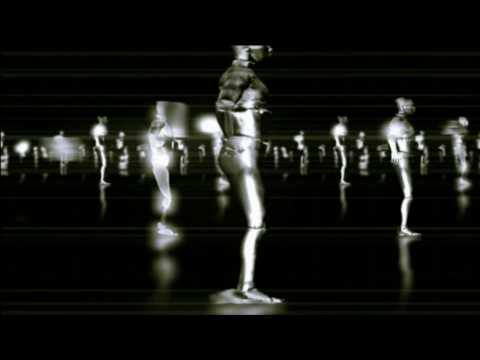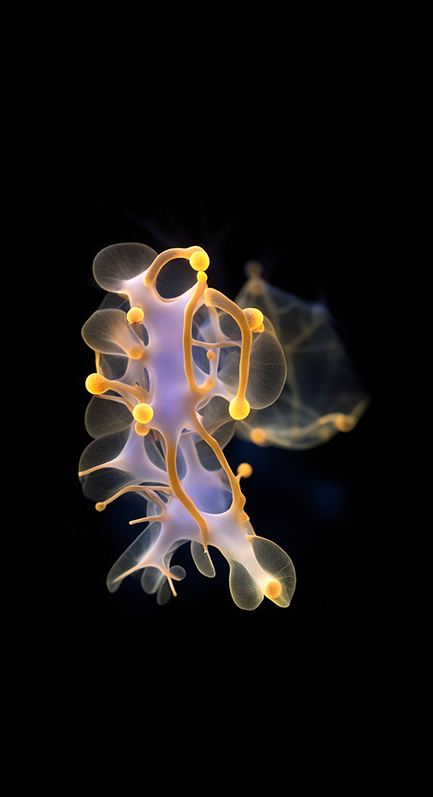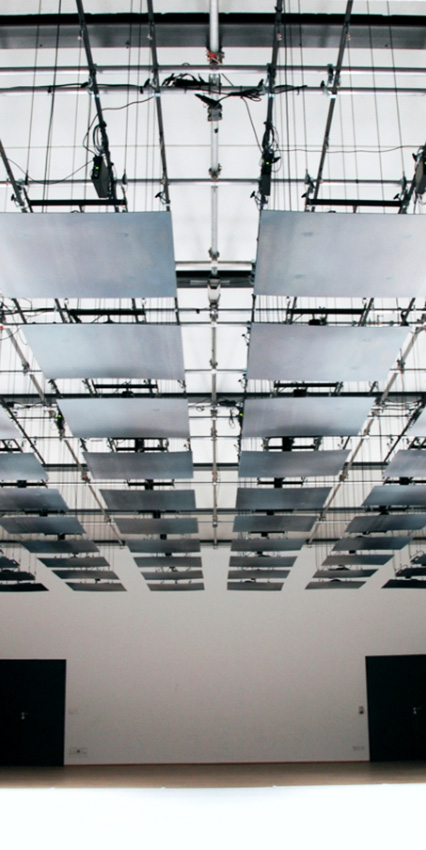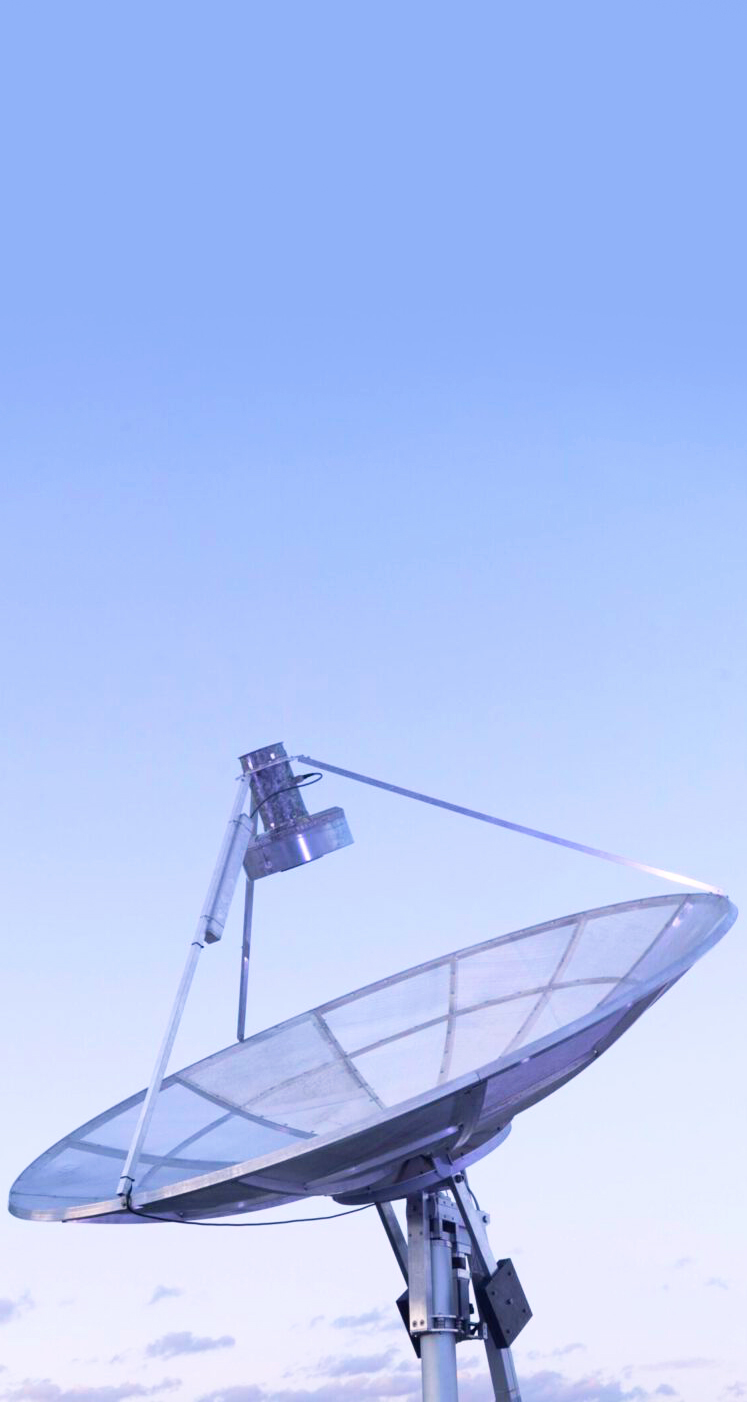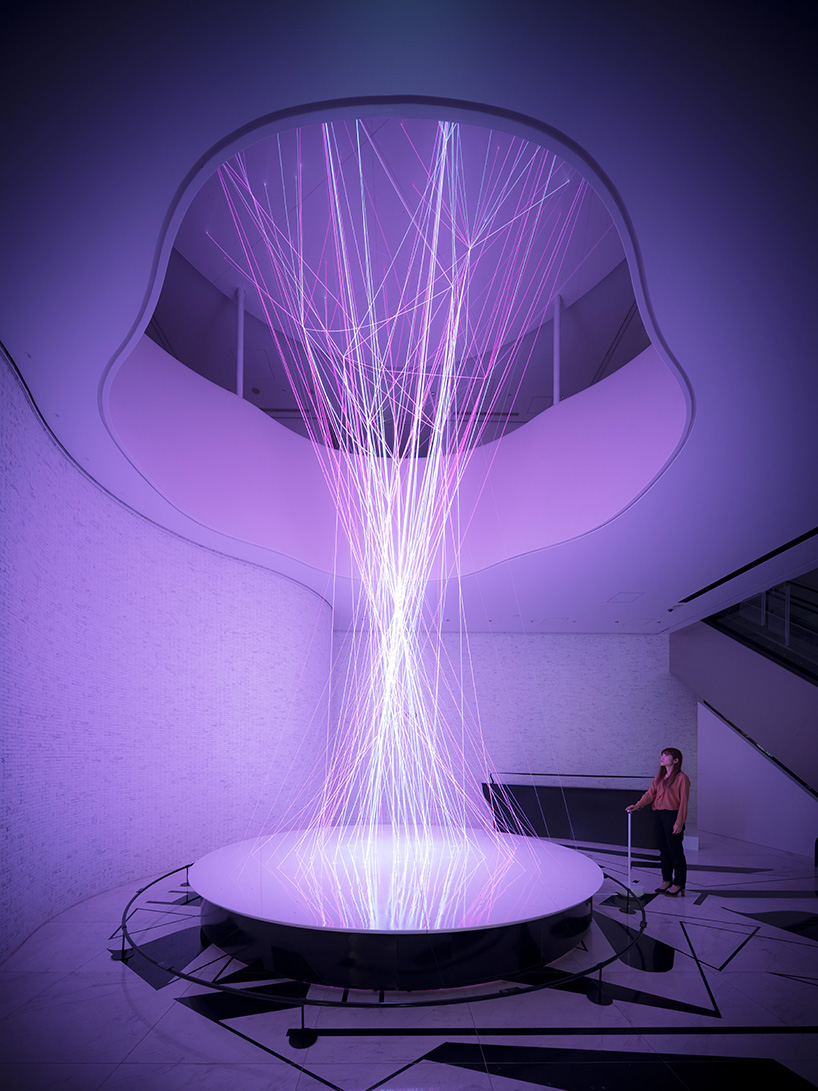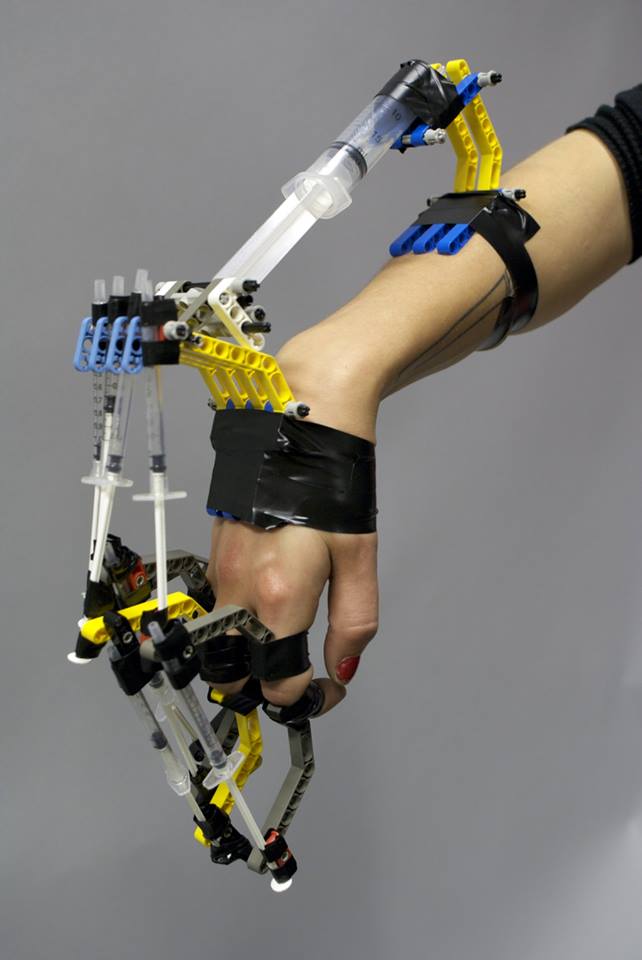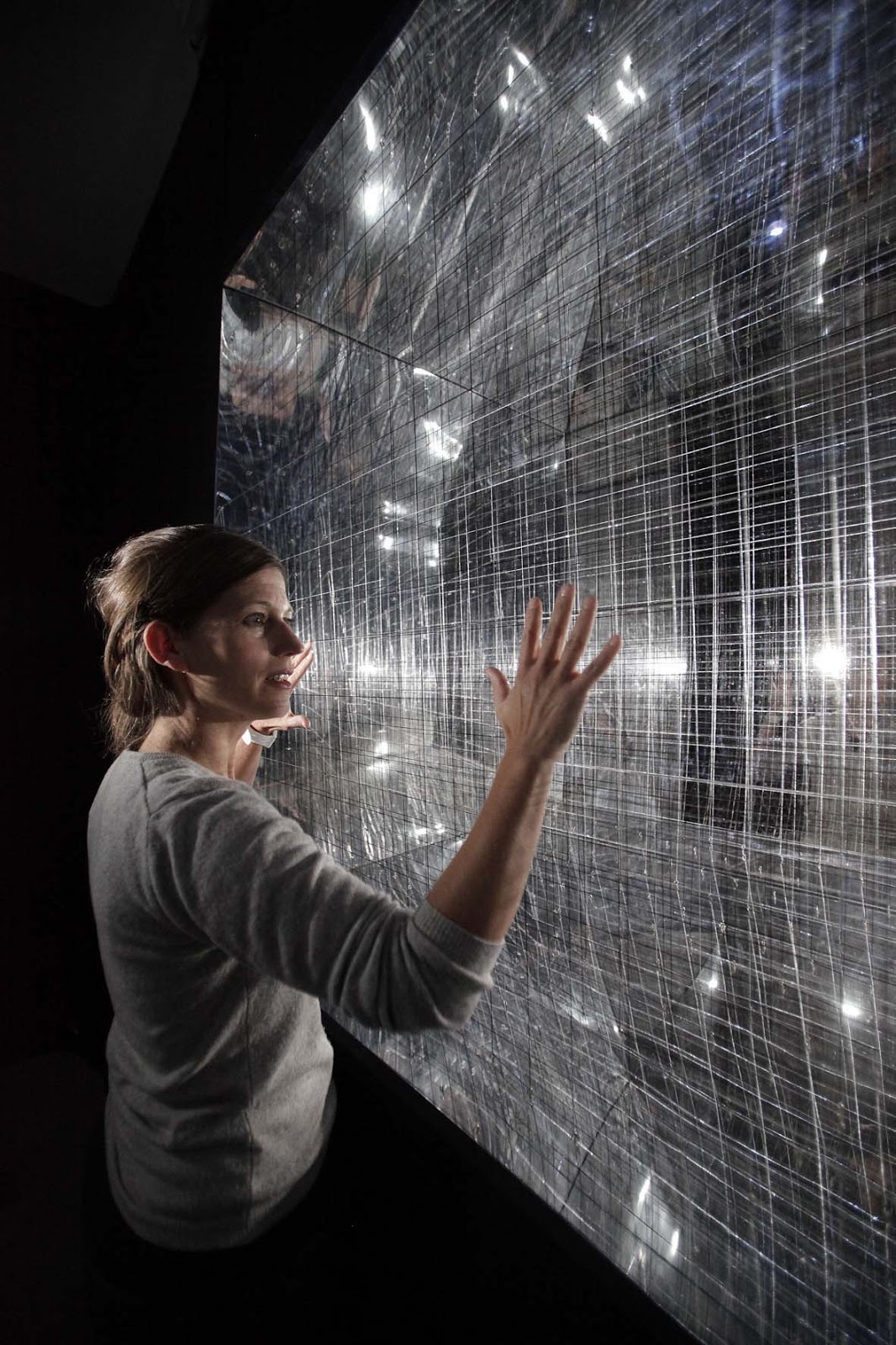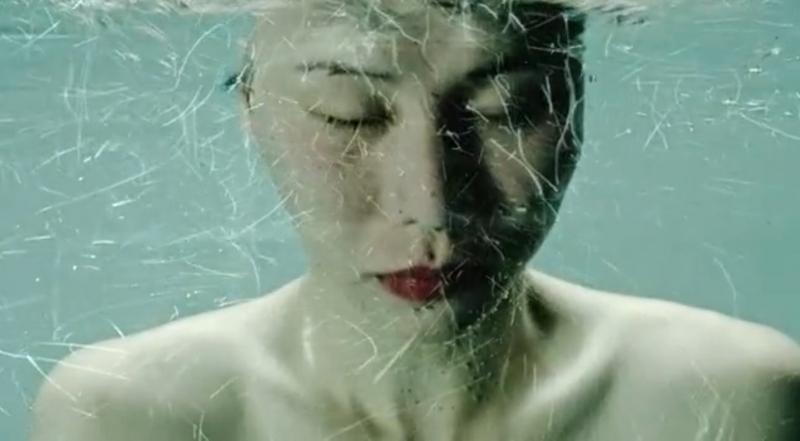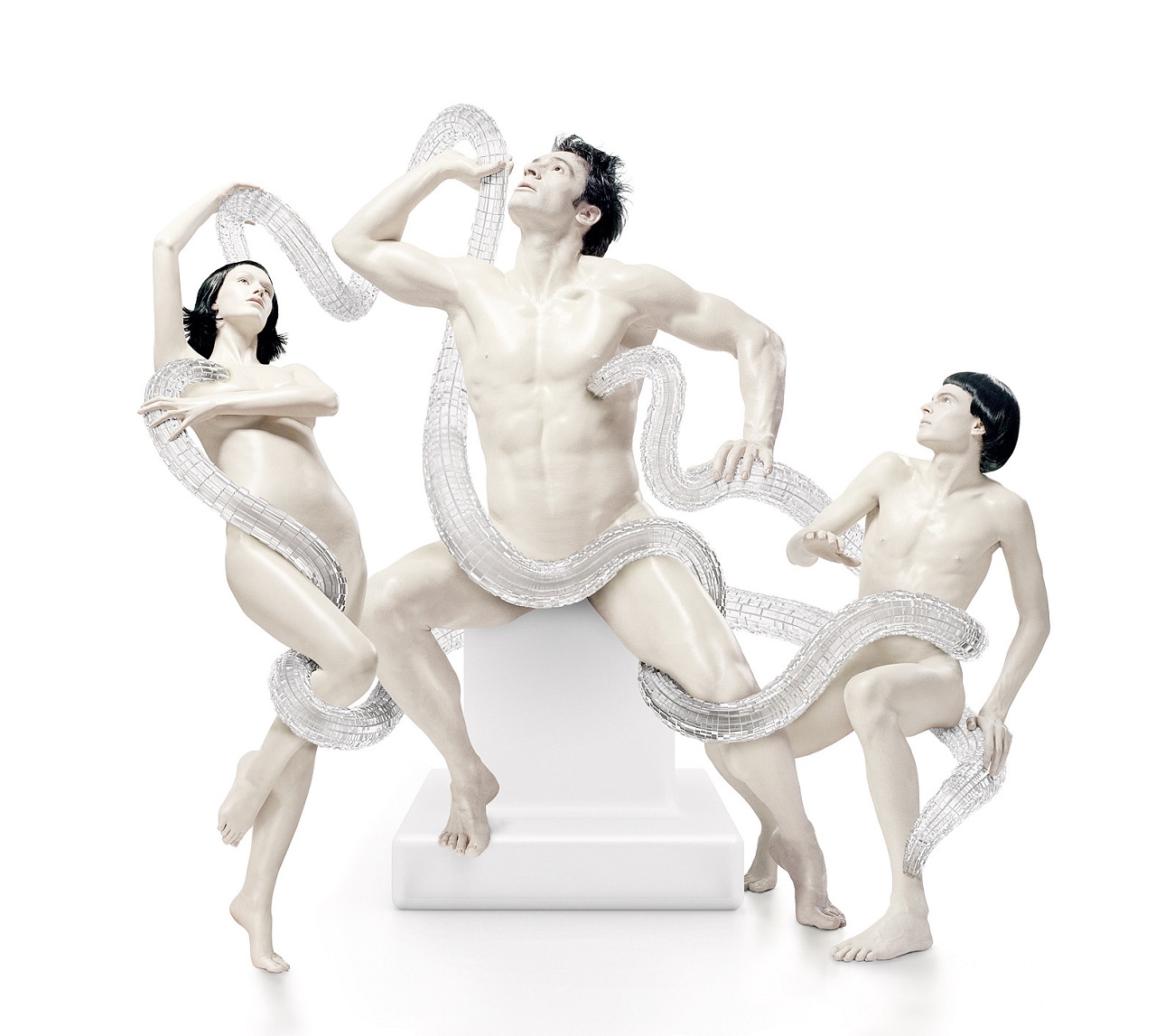Lather
Gregory Barsamians Arbeit existiert in einer tiefen Konfrontation mit der Realität. Theatralisch in dem Sinne, dass es in einem abgedunkelten Raum vor einem passiv engagierten Publikum stattfindet, verlässt sich seine Skulptur fast vollständig auf den Betrachter, denn was der Betrachter sieht, scheinbar vollständig präsent und greifbar, ist tatsächlich nicht da. Diese konstruierten Illusionen sind Produkte der unbewussten Reaktion des Betrachters und erzeugen einen Konflikt zwischen sensorischer Information und Logik, eine Konfrontation, die auf einen Traumzustand hindeutet. Barsamian hat mithilfe von Animationen einen Weg gefunden, Bilder sichtbar zu machen, die normalerweise im Unterbewusstsein verborgen sind – Bilder, die normalerweise nur während des Träumens zugänglich sind. Seine Arbeit ist seltsamerweise solipsistisch und impliziert für den Betrachter, dass nichts existiert und dass selbst wenn etwas existiert, nichts darüber bekannt sein kann. Vielleicht weil Barsamian kein ausgebildeter Künstler ist (sein Abschluss ist in Philosophie), ist er besonders empfänglich für Erweiterungen Definitionen des Kunstobjekts. Dies hat es ihm ermöglicht, über die Grenzen von Präsentations- und Themengenres hinaus zu konzipieren. Seine Arbeit ist geprägt von der Jungschen Psychologie, Traumtheorien aller Art und neueren Forschungen zur Neurologie des Träumens. Er interessiert sich besonders für Unterschiede zwischen dem Bewusstsein und dem Unterbewusstsein. Wie er kürzlich in einer Erklärung betonte: „Bewusstsein… ist auf eine ziemlich langsame (15 bis 20 Bit pro Sekunde), trottende Art und Weise zu bemerkenswerten Taten der Vernunft fähig… die Sinne bringen 20 Millionen Bit Information pro Sekunde ein. Unser Verstand verarbeitet und handelt tatsächlich auf eine Weise, die dem Bewusstsein völlig unbekannt ist. Im Unterbewusstsein erleben wir Dinge nicht durch die Grenzen des Bewusstseins, sondern durch den vollen Strom, der uns von allen Sinnen gebracht wird. “

